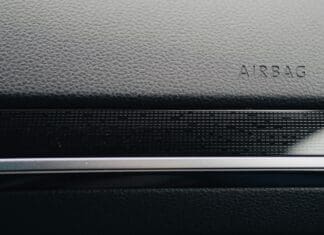This post is also available in:
 עברית (Hebrew)
עברית (Hebrew)
In December 2018, the Gatwick Airport near London was temporarily shut down as result of the presence of unauthorized drones. Since then, small drones operating near and in airspace around airports have become an occasional nuisance for airport operators worldwide.
When choosing counter-UAV systems for defending critical infrastructures such as airports there are many considerations that have to be taken into account: how quickly a target should be acquired, how small of a target should be detected, how it will be tracked through violent maneuvers that a typical airplane wouldn’t go through, etc.
A standard for detecting small drones around airports is currently being developed by a US Radio Technical Commission for Aeronautics (RTCA) subcommittee. The standard will help buyers and users of drone security systems to know if the detection component will perform as intended.
The counter-UAV special committee was established by RTCA – a volunteer organization that develops technical guidance for use by government regulatory authorities and by industry – following approaches from US government organizations such as the Federal Aviation Administration and the Departments of Defense and Homeland Security to help the U.S. sort out drone security challenges.
The eventual drone detection standard will be “technology agnostic.”
The committee, which is working jointly with RTCA’s European counterpart EUROCAE, is putting together its first product, an Operational Services and Environmental Definitions (OSED) document, similar to a concept of operations (CONOPS).
The OSED is “foundational” to the eventual standard, which RTCA calls a Minimum Operational Performance Standards (MOPS), according to aviationtoday.com.


























